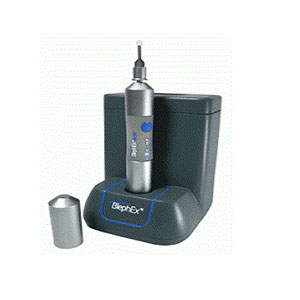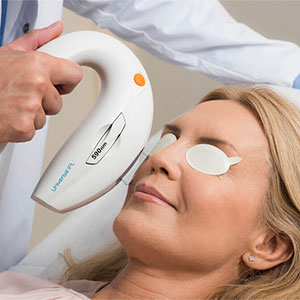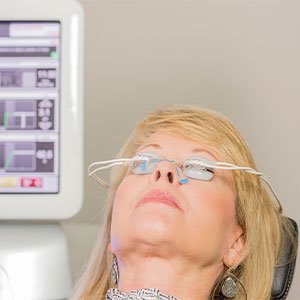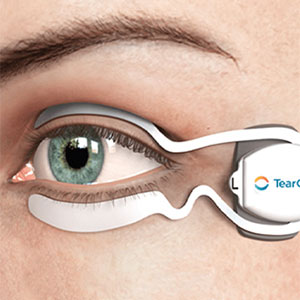Dry Eye Center in Hartsdale, NY
Individualized Dry Eye Treatments. Tailored for YOU! Dr. Arlene Schwartz provides comprehensive & effective solutions, offering customized care plans to treat even the most severe cases of dry eye. Unique solutions for everyone, anyone, and all conditions.
What Is Dry Eye Syndrome?
At our Westchester Dry Eye Center, Dr. Arlene Schwartz has extensive experience treating all forms of Dry Eye. Dry Eye Syndrome is a term used to describe an eye condition characterized by fluctuating vision, burning, tearing, and redness of the eyes. It is a multifactorial condition that can result from two primary types: Evaporative Dry Eye (also known as Meibomian Gland Dysfunction or Disease) and Aqueous Dry Eye.
Evaporative Dry Eye occurs when the oil (lipid) layer of the tear film is insufficient, leading to rapid evaporation of tears. This can cause burning, grittiness, and fluctuating vision due to a poor-quality tear film.
Aqueous Dry Eye results from decreased tear production, leading to inadequate tear volume. Symptoms include stinging, burning, and a sensation of dryness, as the eyes struggle to stay properly lubricated.
Dry Eye is often multifactorial, meaning it can be triggered by a variety of factors, including age, hormonal changes, environmental conditions, and underlying medical conditions. Patients frequently experience a combination of both types, which can lead to inflammation and worsening of symptoms. Thankfully, with modern advancements, we offer tailored treatments that cater to every individual’s unique condition. Identifying the specific type of Dry Eye is essential for delivering customized patient care plans and achieving true relief.
Customized Patient Care Plans for Dry Eye in Hartsdale, NY
Once the type of Dry Eye is identified, there are numerous ways to address the condition. Treatment options include artificial tears, prescription eye drops, omega supplements, lid hygiene, and warm compresses. Additionally, we offer in-office procedures such as lid debridement, LipiFlow, Blephex, and IPL to help reduce inflammation and address the underlying causes. We provide unique solutions tailored to everyone, ensuring effective, individualized care for dry eye relief.
What Are Tears Made Of?
Tears are more than just fluid in the eye; they have a chemical makeup comprised of water, enzymes, proteins, metabolites, lipids, and mucins.
Tears are important because they keep your eyes well-lubricated and protect them from foreign bodies or dust particles, which can cause irritation.
When an insufficient amount of tears is produced in the tear ducts, Dry Eye Syndrome occurs.
What are tear elements and why are they important?
- Enzymes are proteins that cause a chemical reaction inside the body
- Proteins are molecules containing amino acids that are found in tissues in the body
- Metabolites are small molecules that are related to metabolism
- Lipids are molecules with an oily substance which contain healthy fats
- Mucins are glycoproteins that helps cells stick together

Diagnosing Dry Eye Syndrome in Westchester
Dr. Arlene Schwartz evaluates & diagnoses dry eye and meibomian gland dysfunction (MGD) using a variety of techniques and modern technology.
- Meibomian Gland Evaluation and Expression score
- Meibography (Imaging of the Meibomian Glands)
- Fluorescein and Vital Dye staining
- Tear Osmolarity Testing
- Tear Break Up Time (TBUT test)
- Schirmer Testing
- SPEED questionnaire
- Corneal Topography
- InflammaDry® - MMP-9 Tear Rapid Test
Helpful Home Treatments for Dry Eyes
If you have dry eyes and find it challenging to read, drive, watch TV or play sports, there are a number of DIY home treatments that are worthwhile to try out. In addition to Dr. Arlene Schwartz’s recommended medical dry eye treatment, you can also take action with some of the following tips:
Our dry eye specialist, Dr. Arlene Schwartz, will develop a customized treatment plan for each patient, depending on the severity and likely causes of the dry eye symptoms.

Dry Eye Technology
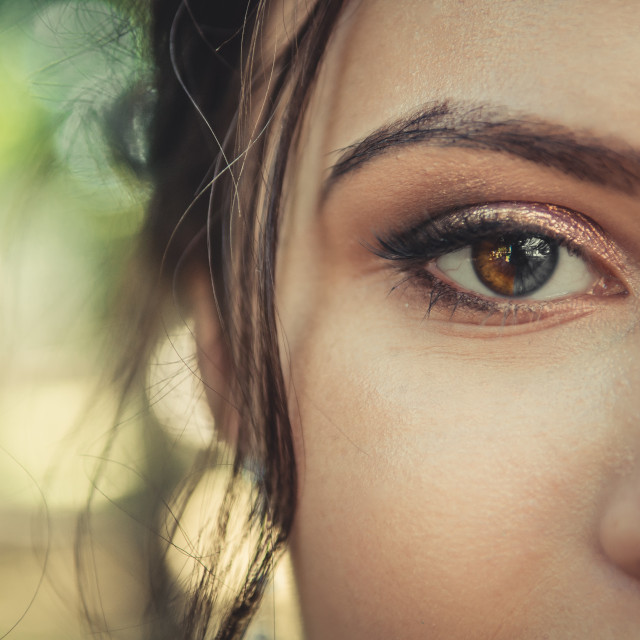
Other Treatments for Dry Eye
There are other treatments available for Dry Eye Syndrome. Give us a call to find out more about:
- Scleral Lenses - These lenses have a small amount of liquid solution between them and the eye, providing moisture and relief. Many dry eye sufferers can wear these lenses for up to 14 hours!
- Lid Hygiene or Hypochlorous spray - This spray solution is designed for the removal of foreign material including microorganisms and debris on and around the eyelid margins that may be associated with Blepharitis, Meibomian Gland Dysfunction (MGD), and Dry Eye Syndrome.
- Prescription Medications - Prescription eye drops that can fight eyelid infections, and can facilitate the correct functioning of the oil glands.
- Warm Compresses - Our tears are made up of water and oil layers. Dry eye occurs when the eyelids’ meibomian glands do not secrete enough natural oil into the tears. This causes the eyes to become dry, itchy, red, and painful. Environmental conditions like dry or windy air, and staring at a screen or book for a long time, can also dry out your eyes.

